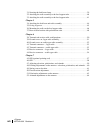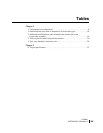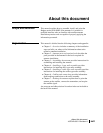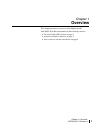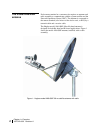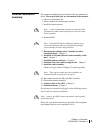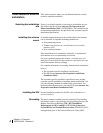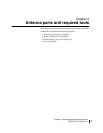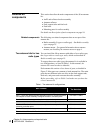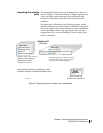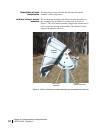
Chapter 1 • Overview
4
1037312-0001 Revision A
Tasks related to antenna
installation
This section explains where you can find information on tasks
related to antenna installation.
Selecting the installation
site
Factors you should consider in selecting an installation site are
discussed in the HN System Antenna Site Preparation and
Mount Installation Guide (1035678-0001). The installation site
and mounting method may be specified in the customer-specific
installation specification.
Installing the antenna
mount
A suitable antenna mount must be installed before the antenna
can be installed. Acceptable mounting methods are:
• Non-penetrating mount
• Trimast (may be used on a wood-frame roof or wood or
masonry wall)
• Pole or pedestal mount
Most installations in a commercial, industrial, or institutional
environment use a non-penetrating roof mount.
For pole or pedestal mounts that require a concrete base, you
must allow at least 24 hr for the concrete to cure before you can
install the antenna. Plan accordingly.
For complete information concerning antenna mount installation,
refer to:
• The customer-specific installation specification
• The HN System Antenna Site Preparation and Mount
Installation Guide
The customer-specific installation specification may include
customer-specific guidelines concerning mount installation. Use
only the mounting method described in the specification. For
mount installation instructions, see the HN
System Antenna Site
Preparation and Mount Installation Guide.
Installing the IDU
See the installation manual for the IDU (also referred to as a
remote terminal.)
Grounding
The entire antenna assembly must be grounded. For grounding
information, refer to your training; best grounding practices; the
Hughes Field Service Bulletin (FSB), HNS Broadband
Requirements for RG-6 and RG-11 IFL Cable Connectors,
Ground Blocks and Ground Block Location (FSB 50518_01C);
and applicable parts of the National Electrical Code (NEC).



